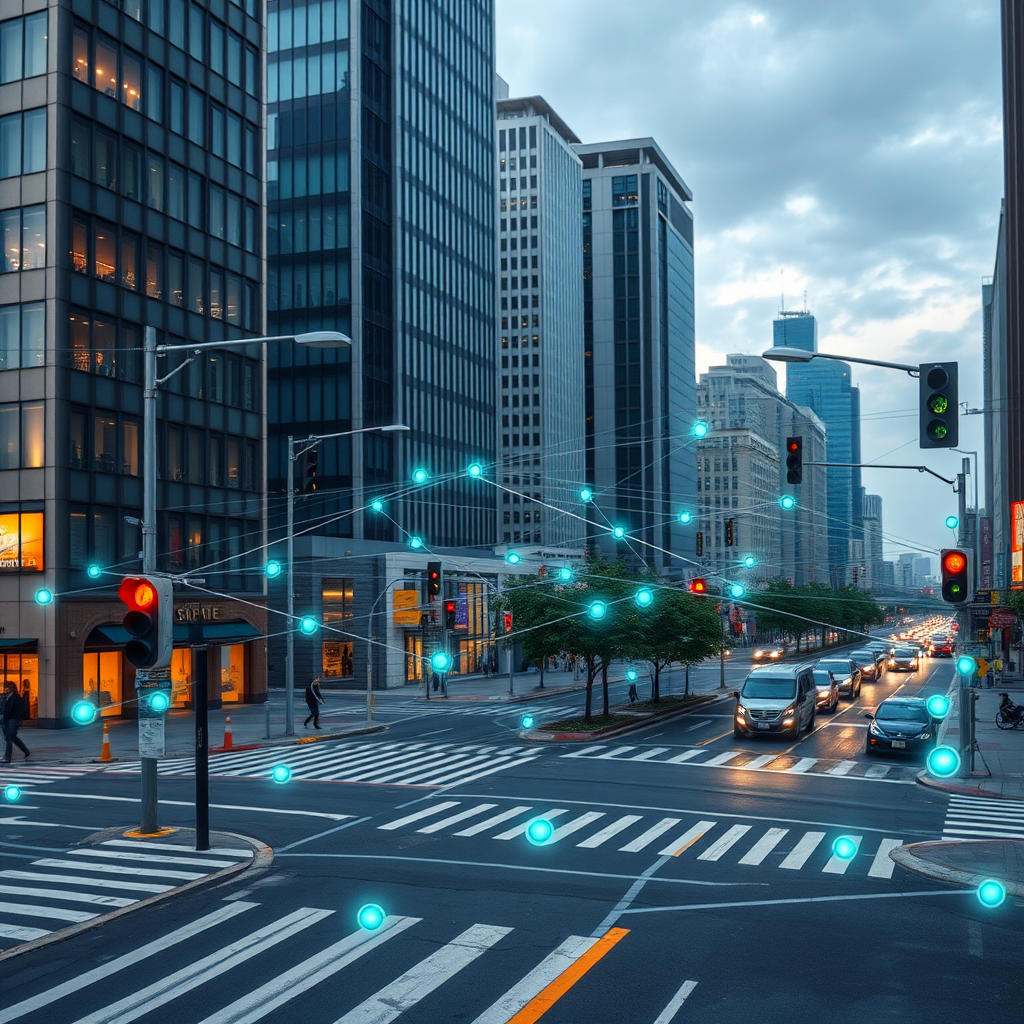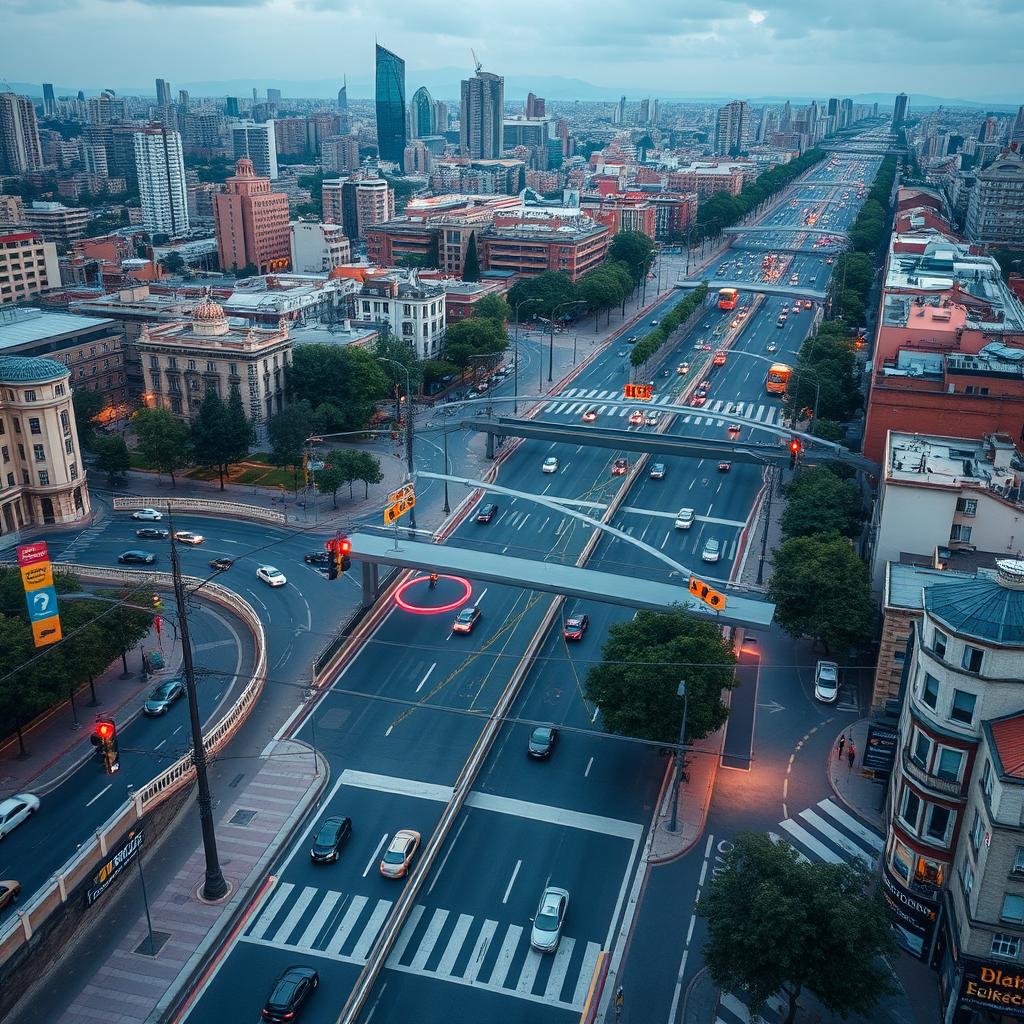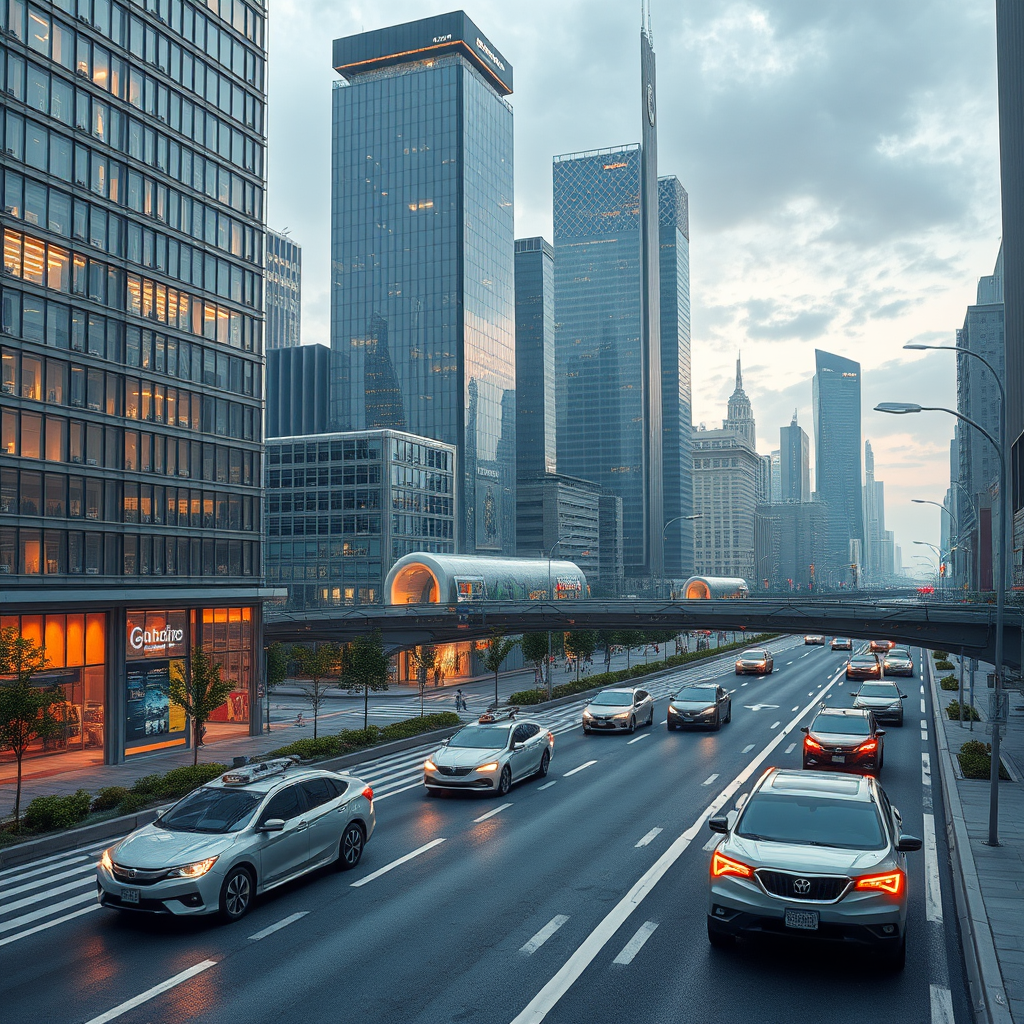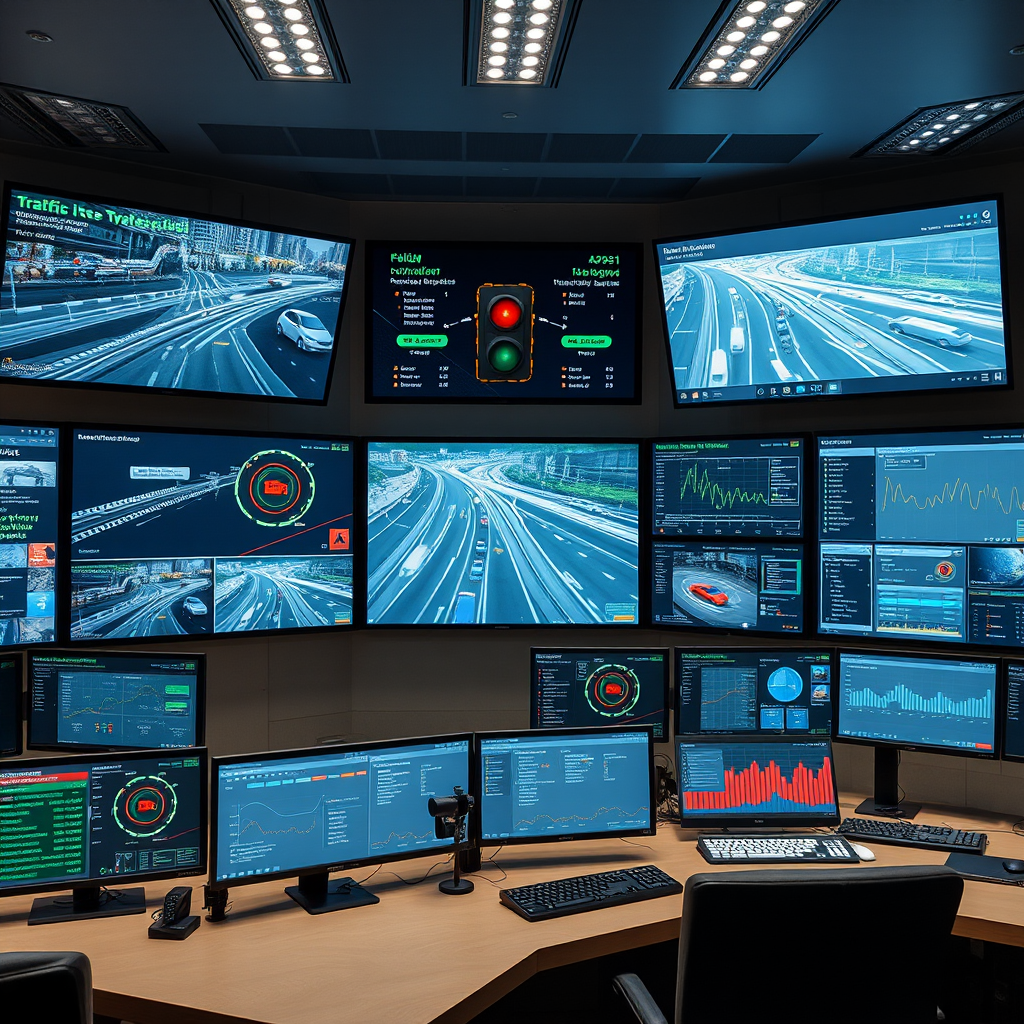Urban mobility is undergoing a dramatic transformation as artificial intelligence reshapes how cities manage traffic flow. From Barcelona's adaptive intersections to Singapore's predictive routing systems, smart city technologies are delivering unprecedented improvements in downtown congestion management.
The integration of AI-powered traffic management systems represents a quantum leap in urban infrastructure efficiency. These sophisticated platforms leverage real-time data from thousands of IoT sensors, connected vehicles, and behavioral analytics to optimize traffic patterns with remarkable precision. Cities implementing these digital infrastructure solutions are witnessing congestion reductions of up to 40%, fundamentally changing how citizens experience urban mobility.
The Technology Behind Adaptive Traffic Control
Modern smart environments rely on interconnected sensor networks that continuously monitor vehicle flow, pedestrian patterns, and environmental conditions. These connected spaces generate massive datasets that feed into machine learning algorithms, enabling traffic systems to predict and respond to changing conditions in real-time.

The core innovation lies in adaptive signal timing technology. Unlike traditional fixed-cycle traffic lights, these intelligent systems adjust signal phases based on actual traffic demand. When sensors detect heavy flow from one direction, the system automatically extends green light duration while optimizing cross-traffic timing to maintain overall network efficiency.
Barcelona: Pioneer in Smart Mobility Solutions
Barcelona's implementation of smart city technology has transformed its historic downtown into a model of modern infrastructure efficiency. The city's civic platforms integrate traffic management with public transportation systems, creating a seamless urban mobility ecosystem that adapts to citizen behavior patterns throughout the day.
The Spanish metropolis deployed over 3,000 smart sensors across its central districts, creating a comprehensive network that monitors everything from vehicle speeds to air quality. This digital public life infrastructure enables the city to make data-driven decisions about traffic flow optimization while reducing emissions and improving quality of life for residents.

Singapore's Predictive Traffic Flow Revolution
Singapore has emerged as a global leader in future urbanism, implementing predictive traffic flow systems that anticipate congestion before it occurs. The city-state's approach combines historical traffic patterns with real-time data to create dynamic routing recommendations that distribute traffic load across the urban network.
The island nation's smart environments incorporate weather data, special events, and even social media trends to predict traffic patterns. This comprehensive approach to urban tech has resulted in a 35% reduction in average commute times and significantly improved air quality in downtown areas.
Toronto's Integrated Urban Mobility Platform
Toronto's smart city initiative focuses on creating adaptive cities that respond to citizen needs in real-time. The Canadian metropolis has developed an integrated platform that connects traffic management with public transit, bike-sharing systems, and pedestrian infrastructure to create a holistic approach to urban mobility.

The city's behavior in smart systems approach analyzes how citizens interact with different transportation modes throughout the day. This data drives automatic adjustments to traffic signal timing, public transit frequency, and even bike-sharing station rebalancing to optimize the entire urban mobility ecosystem.
The Future of Connected Urban Infrastructure
As these implementations demonstrate, the convergence of IoT sensors, artificial intelligence, and digital infrastructure is creating unprecedented opportunities for public innovation. Cities worldwide are recognizing that smart mobility solutions are not just about reducing traffic congestion—they're about creating more livable, sustainable urban environments.
The success of these adaptive cities points toward a future where urban tech seamlessly integrates with daily life, creating connected spaces that respond intelligently to citizen needs. As more cities adopt these technologies, we can expect to see continued evolution in how smart environments shape our urban experience.

The transformation of downtown mobility through smart traffic systems represents just the beginning of a broader revolution in urban infrastructure. As these technologies mature and expand, they promise to create cities that are not only more efficient but also more responsive to the evolving needs of their citizens.
The evidence from Barcelona, Singapore, and Toronto clearly demonstrates that investing in smart city technology delivers tangible benefits for urban mobility. As more cities embrace these digital infrastructure solutions, we can expect to see continued innovation in how technology shapes the future of urban life.
